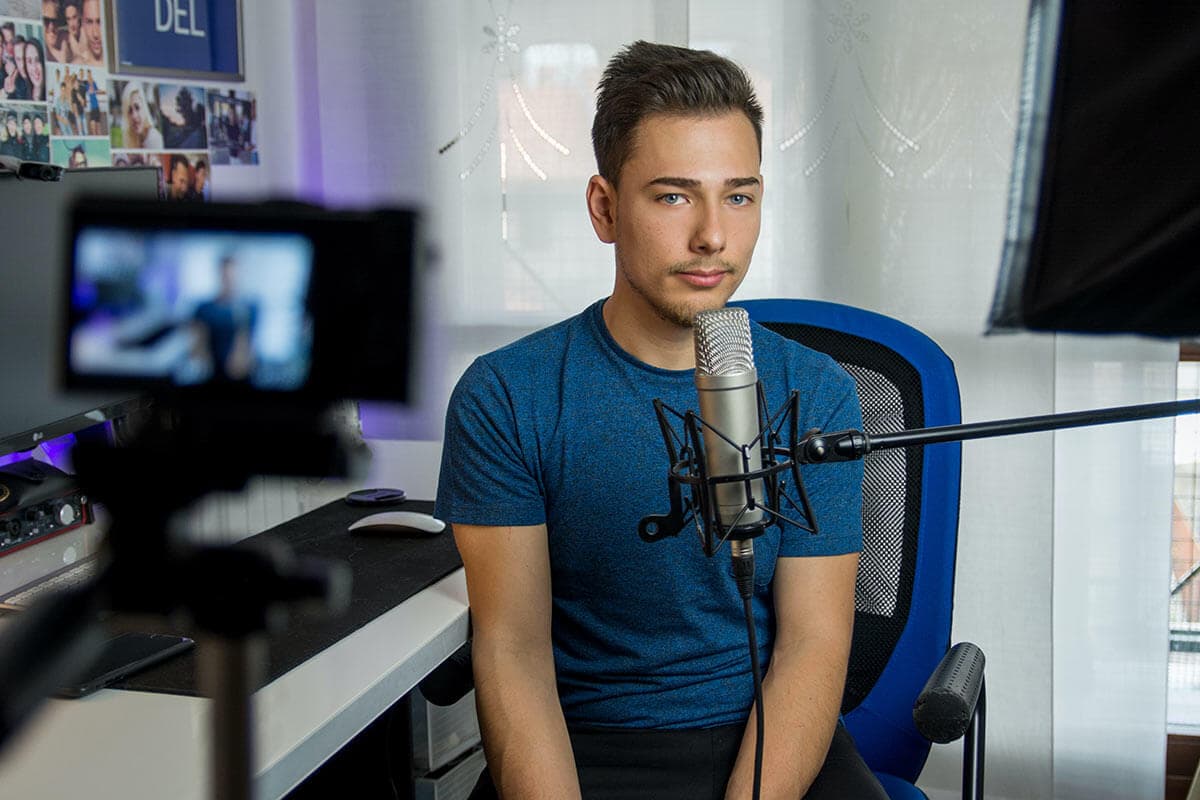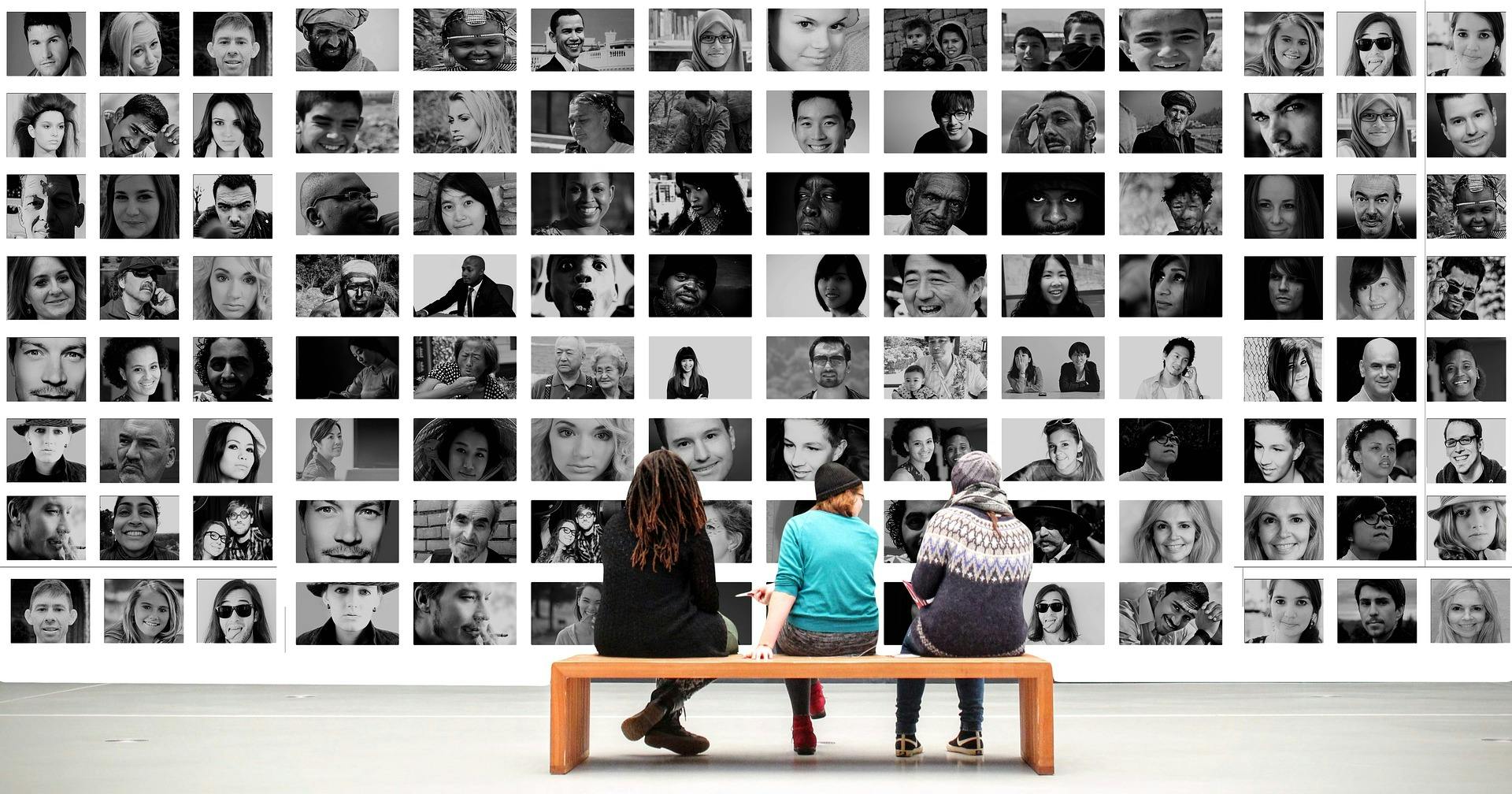How Chapman University uses community marketing to create belonging

If you are working in higher ed communications or have dabbled in social media management, you’ve probably come across the phrase “find your tribe” (or words to that effect). Although the ability to “create belonging” is the new secret sauce of university marketing, belonging as a human need has been around for some time. See “Maslow’s Hierarchy of Needs” for a quick philosophy lesson. Belonging as a means of:
- Addressing loneliness
- Finding meaning
- Feeling fulfilled
Those who understand the power of belonging (and how to unlock it) are set for marketing success. Chapman University gets it. A private institution located in Orange, California, it’s not just big on community but also its “Chapman Family.” They certainly back up the claim with student mentor programs, powerful student-to-student marketing, and a close-knit campus.
We spoke with Meagan Specht, Welcome Center Coordinator, about how Chapman creates belonging on campus and why community marketing plays a key role.
What your website doesn’t say
Websites are important, right? They are the heart of your marketing campaigns, how students find programs and learn more about your university. But answers to questions of belonging are difficult to reduce to a webpage:
“I don’t do well in big groups—will I fit in on campus?”
“I’m going to commute to campus, are there others like me?”
“How can I meet new people?”
You can’t answer whether you will belong with a Google search, so Chapman closes the gap using student-to-student marketing.
Meagan says, “It’s more of the experienced-based questions and what it’s really like to be a student here. We use the student-to-student chatting function, with occasional Live Chat events that are topic-driven during our admitted student season. We back this up with email campaigns, inviting prospective/admitted students to chat with current students on Unibuddy.”
There’re two streams here. 1) Having an always-on student live chat function to capture niche questions and 2) designing live community sessions around topics.
“Chapman is a mid-sized University, which allows for students to find a close-knit community where they feel known and are pushed to grow,” says Meagan, “Many students share that their ‘why Chapman’ is because the type of students who chose CU are generally seeking to be highly involved and build an inclusive community.” By organizing live events around popular topics, Chapman is able to maximize the reach of its students’ advocacy to answer tough questions, but also attract prospective students to their cause: To attract the kind of people who can accomplish anything imaginable.
Addressing loneliness
There is a pandemic of loneliness in higher education. According to research by Net Natives, 1 in 10 students feel they have no one to turn to for help and 50% “just want someone to talk to.” It’s alarming, given that the popular view of college is dorm parties and a busy social life.
But can marketers and admissions departments have an impact in this area? Can student ambassadors be harbingers of hope in the student mental health landscape? The answer is yes—probably.
Meagan says, “Because of Chapman’s size, one thing our ambassadors share is that you will see a familiar face when walking to class, and as always have the chance to meet someone new. Our faculty are very accessible too—they often develop mentor relationships with students.” In addition to having an entire week dedicated to Orientation (joining clubs and meeting other students in the same boat) a compact campus and accessible faculty are the long-stay hallmarks of community.
“During orientation, it’s about meeting someone new,” says Meagan, “Students are grouped by college (and likely the people they will be living with) giving them ample opportunities to bond with their group and the larger incoming class. Their days are jam-packed.” Additionally, Chapman deploys a mix of “fun as well as sentimental opportunities” to help students connect with the college experience. Genuinely, there is something for everyone, which is key. Not everyone connects through large and super sociable events.
The future of marketing
Meagan says, “In general, marketing is moving more towards authentic 1:1 interactions, which will continue to be more student-centric. In preparation, teams need to focus on building comprehensive and representative ambassador teams. Last year we recruited several first-generation students to be Unibuddy ambassadors and used email campaigns to assign them as ‘buddies’ for incoming first-gen students. It was great to see those relationships develop as our current students helped incoming students begin the college transition process.”
The “moment of belonging” is hard to pin down. It’s not a hard metric like the number of applications or the conversion rate. What belonging is for a commuting student is completely different for one based on campus. However, the path to belonging does share one similarity: having conversations with others like yourself.
Sign up for the latest news and events
More posts like this

How to write digital student ambassador job descriptions that attract top talent
18th Aug 2021

How to Build Student Ambassador Communities
28th Feb 2020

The recruitment conundrum: How to scale higher ed culture to your growing digital brand
4th Nov 2022